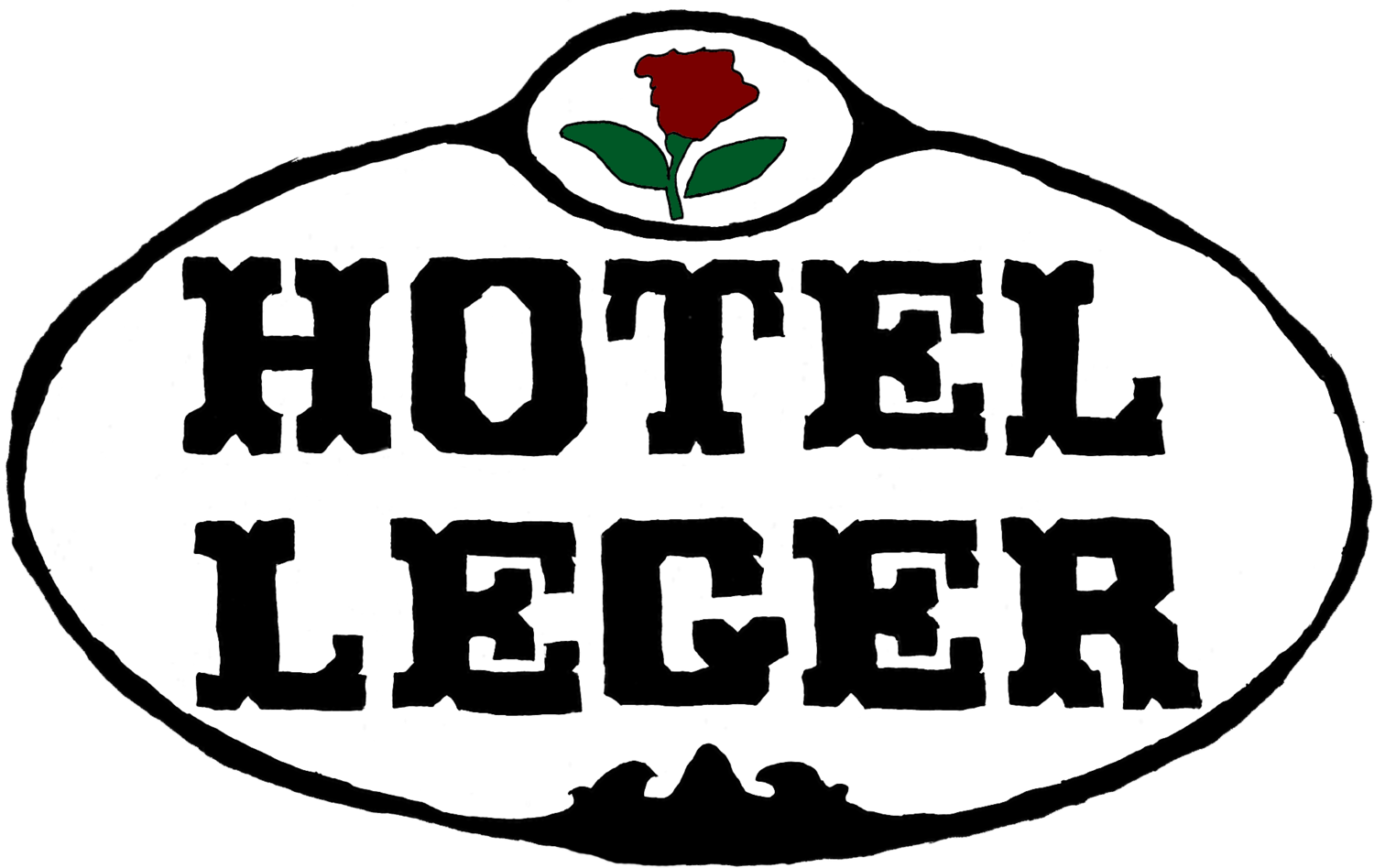A Historic Side Road into the Old West
Mokelumne Hill & the Hotel Léger
The historic village of Mokelumne Hill nestles about the Mokelumne River in a basin surrounded by low hills. The name Mokel-umne comes from the Yokut Indians of the Central Valley, referring to the “people of the Mokel.” Along with a Mi-Wuk Indian village next to the springs of Mokelumne Hill, French trappers were reported to inhabit nearby Happy Valley as early as the 1830s.
In 1848, the discovery of gold transformed the Sierra foothills. Among the first miners was a group led by Captain Charles M. Weber as well as members of Colonel Jonathan D. Stevenson’s regiment of of New York Volunteers, one of whom, Samuel Persall, discovered gold on Stockton Hill. By 1850, miners included Americans, French, Germans, Italians, Jews, English, Irish, Spanish, Chilean, Chinese, and Negroes. Mining was prosperous on the river at Big Bar, Middle Bar, and Lower Bar, and the community became the trading center of the Mokelumne diggings. Referred to as Mokelumne-on-the-hill, this name was soon shortened. Miners also worked the tertiary stream placers in surrounding Chili Gulch, Lancha Plana, Sand Bar, Poverty Gulch, Mosquito Gulch, and Happy Valley, and later the quartz mines at the Easy Bird, the Boston, the Hanby, and the Gwin Mines.
A booming community, Mokelumne Hill became the Calaveras County seat of government in 1852. There were many firsts for “The Hill,” including the first newspaper in the county (the Calaveras Chronicle, started in 1851,) and reportedly the first code of laws for miners. The Post Office was established in 1851 as was a militia of Calaveras Guards to keep the killings and wild-west rowdiness to a low roar. Gas lights first lit the streets in 1857 and the fire department was established in 1861. The Masonic Lodge was established in 1853, the Odd Fellows Lodge in 1857, and the first chapter of E Clampus Vitus in the state opened in 1881. The Hebrew Benevolent Society and the Italian Milano Society existed along with a large Chinatown supporting stores and Joss Houses. There were a large number of French businesses and organizations, including a French hospital.
During the tumultuous Gold Rush years, a Frenchman (by descent, we believe) from the region of Cassel, Germany arrived on the Hill. In 1851 or ’52, George Leger became a partner in the Hotel de France at the corner of Main and Lafayette Streets. He would run this successful establishment until his death in 1879. Mokelumne Hill suffered three major fires in 1854, 1865, and 1874 and many structures were lost and rebuilt. What would become known as the Hotel Léger was rebuilt at least 3 times. The first Hotel de France was probably a one story wooden structure and was rebuilt of wood after the 1854 fire. After 1865’s fire, it was rebuilt and became known as the Hotel d’Europa and then the Grand Hotel. After the fire of 1875, the building was rebuilt in two stories of stone and George bought the adjoining old courthouse building, which is still apart of the hotel today.
The hotel has always been a beacon for travelers, a place for locals to gather, a spot of grand elegance if needed, and the heart of Mokelumne Hill. She is indeed a grand lady that has served the town well, and proudly deserves our respect and gratitude for her remarkable survival. It is our great pleasure to be the proprietors of such a fine example of California history.
– Debbie & Krissy (Former Owners)

